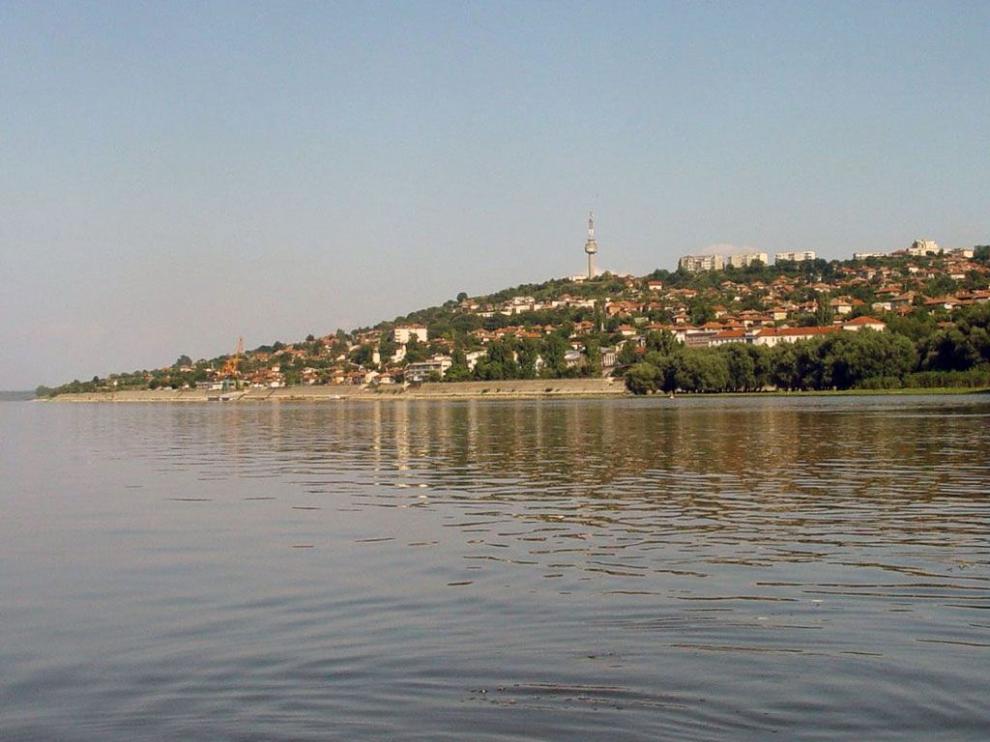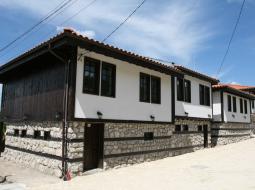Thessaloniki gets ready for its metro launch in November
The underground rapid transit lines have been under construction for almost two decades due to various project delays
 TheMayor.EU logo
TheMayor.EU logo 
The territory of Tutrakan and the surrounding area have been populated ever since prehistoric times. The Romans came here in 15 BC and erected fortifications. During the time of Emperor Ulpius Trajan /98-117/ a settlement with the rank of a village was established near Tutrakan and a fortress with the name Transmariska was built. It was an important station on the road from Singidunum /Belgrade/ to Constantinople /Istanbul/. Archaeological excavations and finds prove that the Slavs settled in Tutrakan and its environs in the second half of the 6th century, inhabiting the ancient settlements. In 1388, Tutrakan fell into hands of the Turks and turned into a small village. After the Liberation of Bulgaria from the Ottoman rule (1878), Tutrakan had an economic and cultural upsurge. The established port contributed to the development of trade and Tutrakan established foreign trade ties with Europe, Asia and Africa. It became well known as the centre of Danubian fishermen and renowned masters of fishing boats and "Danube water mills". Fishing boats were exported to Serbia, Hungary, Austria, Romania, etc.
Tutrakan is a town in Silistra Region, North-Eastern Bulgaria, located along the Danube River. It is the administrative and economic centre of Tutrakan Municipality with 15 settlements and an area of 440 sq. m.
The economic pillars of Tutrakan are bread-making and wood and metal processing. Another important part of the economy of the Municipality is meat processing and sewing workshops. Traditionally, the building and repair of small-scale vessels is well developed in the town.

This is a naturally formed fishermen’s village (the only one along the Danube River) with authentic buildings from the time of the Bulgarian Revival. The millennial existence of Tutrakan has been constantly connected with fishing, fishing nets knitting and boats workshops. This ancient craft and means of sustenance were practiced by entire families. At the beginning of the century, there were more than 5,000 fishermen; more than a thousand boats could be seen at the fishing port.
7600 Tutrakan, 31 Transmariska Str